Search Results
Showing results 1 to 10 of 10

Tiny Tubes
Source Institutions
In this activity, learners make "totally tubular" forms of carbon. Learners use chicken wire to build macro models of carbon nanotubes.
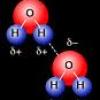
Cohesion Coin
Source Institutions
In this activity about the property of water (page 6 of the PDF), learners use a coin to demonstrate cohesion between water molecules, exploring the molecular forces that allow water molecules to "

Solar Cell Simulation
Source Institutions
In this activity, learners model the flow of energy from the sun as it enters a photovoltaic cell, moves along a wire and powers a load.
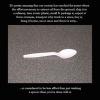
Static Spoons
Source Institutions
In this physics activity (page 6 of the PDF), learners will explore how static electricity affects surrounding objects.
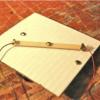
Forward-Reverse Switch
Source Institutions
In this activity, learners build a switch to turn electrical circuits on and off.
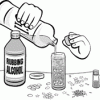
Glitter Globe
Source Institutions
This activity shows learners (with adult supervision) how to make a Glitter Globe, a fabulous toy that shimmers when you shake it.
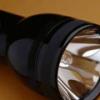
Flashlights and Batteries
Source Institutions
In this activity, learners explore how a flashlight works, showing the electric circuit and switch functions of this everyday household item.

M&M® Model of the Atom: Edible Subatomic Particles
Source Institutions
In this activity, learners use colored candy to represent subatomic particles and make a model of an atom (Bohr model).

Static Cling
Source Institutions
In this activity, learners investigate static electricity using everyday objects at four different stations.

Atomic Mobile
Source Institutions
Learners make a mobile model of a carbon atom using clay, wire, and pipe cleaners.
